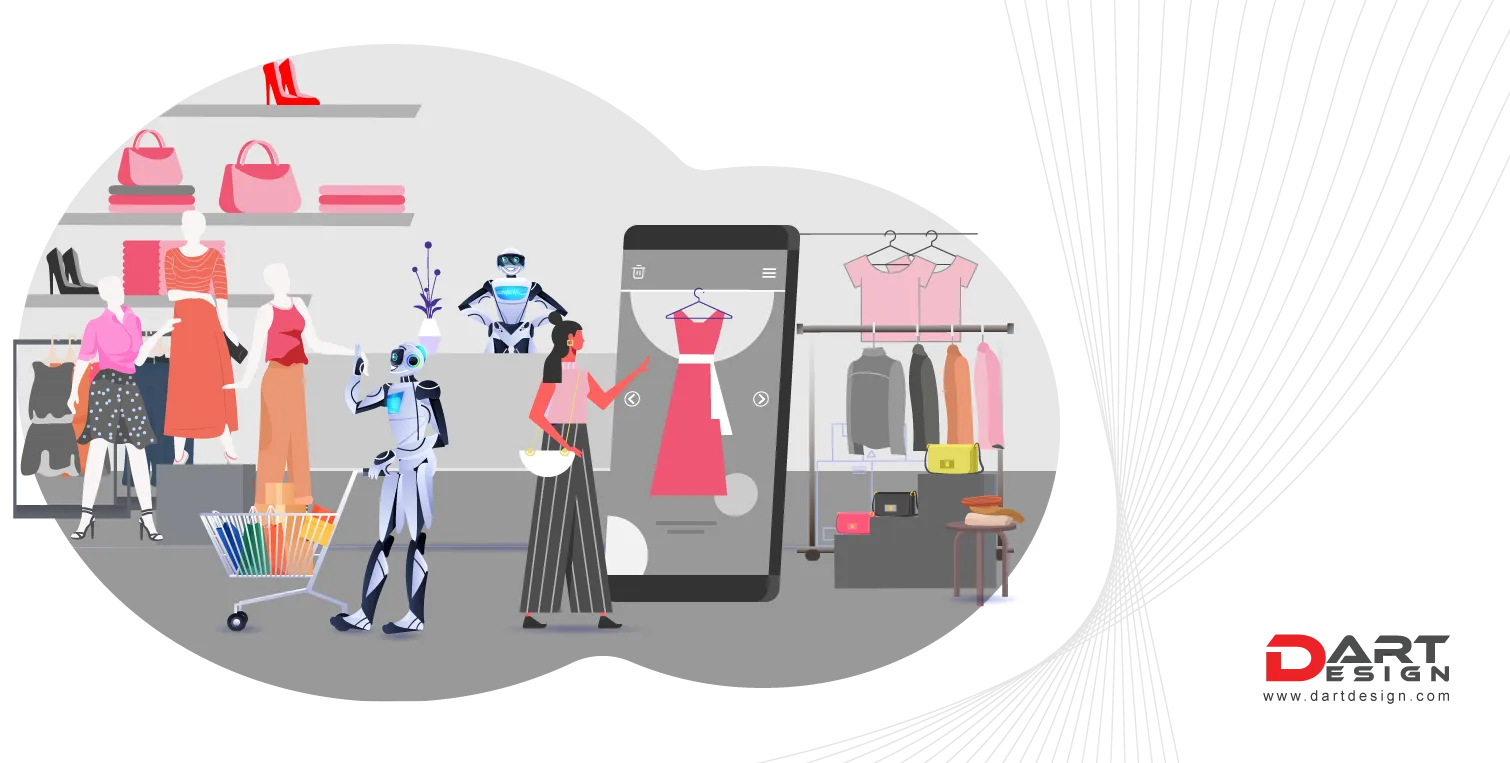Direct-to-consumer (DTC) companies employ an approach to retail that is specific to their sector and develop their brands through digital channels. DTC brands usually present themselves as innovators seeking to shake up their market by offering an exclusive online experience characterized by high levels of innovation and superior customer service. Even though DTC brands are developed digitally, once they’re well-established online, they may also establish physical stores.
Key insights
● Not a Retail Enemy
In the end, one of DTC’s strengths is facilitating mutually beneficial interactions and a two-way dialogue with customers. Establishing direct connections with customers provides brands with important first-party information, which can be used to help retailers feel more confident about selling the brand’s products. It also creates first-party data in the process, which is becoming more critical in an era of walled gardens and where cookie tracking is in decline. Additionally, a brand’s value to retailers can be more attractive by bringing unique insights into the market. Brands who know how to market directly are more valuable to retailers since they have the ‘how and the ‘why of every product’s selling idea. Their DTC expertise shows their ability to satisfy customer requirements directly and supplies retailers with the data they need.
● Focus on profits
According to the news website Built-In, the next generation of highly successful DTC brands is resisting the desire to grow at any cost in favour of a sustainable scale. Several new DTC brands, like California-based bottled alcohol delivery companies, have implemented a long-term plan of controlling and owning their production and supply chains, ensuring that they are running their operations efficiently, and cutting their marketing budgets for social media. Up to now, the standard approach from DTCs was to develop an attractively-packaged product and then spend large sums of their venture capital on social media and digital advertising to build up a customer base, even if it was not profitable. But as the price of digital ads has increased, it is no longer viable. Another issue for certain DTC brands was that they had to square their shipping and production costs against the average size of orders for their clients, who usually purchased a product because of huge discounts or the guarantee of no-cost returns.
● The Moment of Truth
With consumers being housebound throughout the COVID-19 pandemic, increasing interest in home delivery has increased. DTC companies have seen 28% of consumers worldwide buying something from a direct seller for the first time in the pandemic. Delivered packages to mailboxes and doorsteps are now an essential point of the truth. DTC brands are at the forefront in taking advantage of this opportunity through mail-friendly products and packages with more sustainable packaging that reduces the use of materials and encourages reuse or recycling, as well as embracing the benefits of unboxing. From the packaging to the final product, each step in the process of unwrapping experience can tell the brand’s story through colour, message, material, and design.
Additionally, social sharing has made unboxing an event to be talked about, documented, and remarked upon experience that has the potential to expand the audience for brands. For instance, the US beauty brand has used its unique unboxing process and packaging to make it famous and elevate its reusable packaging. The on-brand unboxing features messaging, social calls to action samples, gift/sticker cards with multiple materials, and printing techniques such as UV gloss and reusable bags. The products are packaged in a reusable pouch that allows customers to share how they reuse the bags on social media.
● FMCG brands are exploring DTC but are yet to be convinced it is a sustainable model
Due to the rise of online shopping and home delivery during the COVID-19 pandemic, many FMCG companies are testing direct selling to customers. In the US, they sell boxes of drinks and snacks through a website. The companies are interested in exploring, learning, and collecting customer data and information. Still, they don’t yet think of it as a replacement for traditional channels for retail. A commentator has suggested that all of the possibilities available for the DTC brand are open to FMCG brands. However, the question is whether exploring these opportunities is sustainable and profitable. Some critics point to the insufferable cost of ‘customer acquisition and the inability to anticipate or factor in areas like fulfillment logistics, shipping, and customer service in their business models usually handled by retailers. No matter if they choose to pursue the same route or not, plenty of FMCG brands can take a lesson from DTC brands, like:
According to a US study by the Video Advertising Bureau (VAB), DTC shoppers’ main reasons for purchasing DTC products are the lower price (48 per cent), quick, speedy shipping, free shipping, and fast returns (43 per cent) as well as better customer service (26 per cent) and better design of the product (22 per cent). The VAB found that DTC brands interact with customers by adhering to seven fundamental principles: that they’re centered around the internet and are data-driven with social interaction, design-driven with a focus on customer service, and are consumer-focused and driven by mission. These principles are in line with the behaviour of the DTC consumer, such as:
- 74% of respondents believe that technology affects their daily lives
- 27% of people like connecting with brands through social media.
- 72% say they shop at brand names that mirror their style
- 78% buy items to help them to organize their lives
- 83% rely on reviews from others reviews before buying products, and 33% frequently write reviews for products
- 63% of consumers are willing to spend money on a product that is sustainable and safe for the environment.
- 37% buy with the belief that a brand will support social causes
The study describes the average DTC buyer as technologically proficient and digitally focused. They are always connected online, using the internet to search for products, conduct price comparisons, or buy to meet personal requirements. They are professional and busy. Consider technology as a means to streamline and organize their lives. Because of their busy lives, it is essential to be able to do things quickly, and they’re comfortable with even the most delicate transactions online. They also want high-end products and are willing to pay more for them.
● DTC retail brands are ethical, data-driven, and focused on marketing effectiveness
An IAB UK study of 50 leading DTC retail brands found that they exhibit three primary behaviours:
● The company is built on the foundation of a clear, often ethical – mission and goal and the values of honesty and transparency. This inspires customers to buy into the brand, and they’re willing to pay for a premium and also attracts and motivates employees.
● The decisions are based on data across these vertically-integrated and customer-focused businesses, allowing them to “super-serve” their customers by providing them personalized services and making their lives easier.
● Marketing and sales spending favour flexible online channels like social media to help grow. They are looking to invest in channels that allow them to conduct small-scale tests and assess the business impact.
● DTC brands have a very different communication model to legacy brands, though it is evolving
DTC companies are “data-cored”, which means they don’t have to use broadcast media, but instead communicate through intimate and two-way communication with their customers, employing low-cost entry, DIY digital touchpoints such as blogs, social media, and search. They focus on content – typically through collaboration with influencers or media outlets – along with storytelling, usually because of their purpose for being a brand. Social media are essential for the growth of brands. Interactive marketing strengthens the brand by creating buzz, establishing customer relationships, and collecting valuable first-party information.
American direct-to-consumer brands spend most of their marketing expenditure online, while 41% are offline, according to research from 2019. Search has been the top used channel, with nearly two-thirds (67 per cent) employing it. Social follow and online display are third and second place in the third place, with 65 per cent and 64 per cent of DTC brands using them, respectively. Direct mail remains the top well-known offline media used, with 63 per cent of DTC companies using it. Print and out-of-home are next, with 60% and 62%, respectively.
● DTC brands place customer relationships at the heart of their business strategies
Brands born online are focused on the customer experience and building connections with their customers. The most successful DTC brands are those that combine:
● The packaging and product are thoughtfully elevated and designed with a sophisticated design (which originates from)
● being able to fully understand the needs of your customers and the places where moments of joy can be added to your customer journeys
● Human and personal interactions with customers
The emphasis on customer relationships will be evident from the measures DTC brands use to measure their effectiveness and inform their strategies.
● Agencies need new skills and business models in response to DTC brands
Since certain DTC brands use internalization for their marketing activities, the brand strategy agency will need to know their roles in this industry. To serve DTC companies, they have to align their strategies and integrate content, data analytics, and technology from the beginning. To do that, creative agencies must attract new talent with the skills in research and data that are typically the driving force behind digital startups. But, these people are likely to lack the skills needed to handle the emotional and creative aspects of building brands that are required in the long term. In this case, the old agency discipline of creativity and planning will be required.
The new agency models are being developed to help service DTC brands:
- Outcome-based – in which the agency’s salary is according to the growth of clients
- Problem-solving is where the agency fills in gaps in the client’s operations
- Stake holding is a term used to describe a large portion of compensation as stakes in the client’s company
- DTC expert where they develop their very own DTC brand to comprehend the beginning-up process
- Flexible – where they are taught to connect the traditional DTC clients




